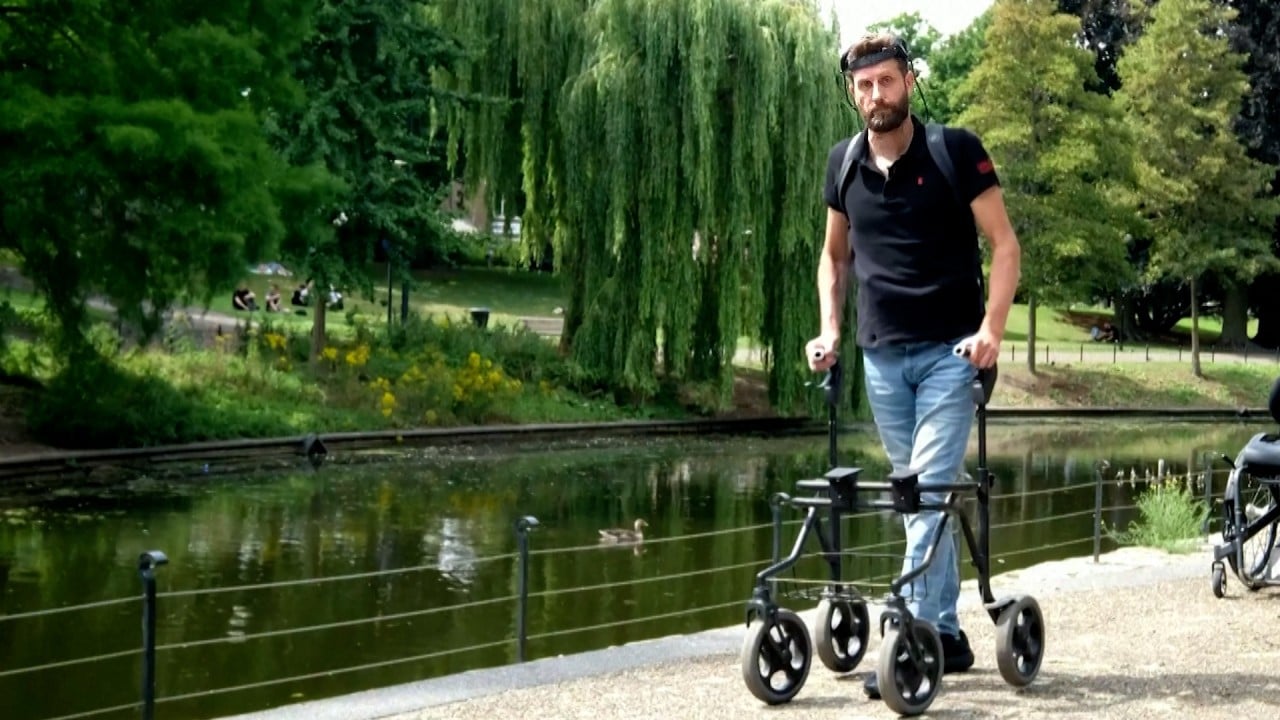According to the institute’s deputy director, Shu Yousheng, the industrial development of BCI has been held back by the lack of technical support from other disciplines.
A new research center aims to bridge the gap between brain disease research and industry, the Shanghai public university said on its website.
The facility represents the integration of Fudan’s brain technology-related equipment management system, and is expected to strengthen the clinical application and development of the BCI industry, it said.
The Shanghai city government in December 2021 listed rehabilitation and training facilities with BCI technology as the goal of advanced medical equipment development under the latest five-year plan.
In January, the official guidelines on the development of emerging and future industries released by Beijing emphasized the development of the BCI technology industry.
The country promotes “the success of important technologies and tools such as the integration of computer brains and brain-like chips, and the evaluation of applications in common areas such as medical rehabilitation”, the document said.
The Beijing city government in April unveiled a road map for the rapid development of the BCI industry, which aims to bring breakthroughs in key technologies related to the installation of many leading companies by 2026.
A BCI laboratory was established in March 2023 in the northeastern port city of Tianjin near Beijing. In May this year, the lab established the BCI and Human-machine Fusion Association which includes more than 40 financial institutions, research institutes and state-owned companies, the Tianjin science center said.
The United States has led BCI technology for years, with major research contributions from the University of California, Berkeley and the Massachusetts Institute of Technology.
As China tries to close the gap, it has seen an explosion in research papers on the subject.
According to a peer-reviewed paper published in the journal Brain Informatics in December, the number of BCI publications in China from 2019 onward surpassed that of the US, which began to decline during that period.
The process “seems to have gone very well”, Musk told a podcast organized by computer scientist Lex Fridman and released last Friday.
China is also racing to create industry standards for future technologies — which include important ethical issues including privacy, security and autonomy — and released guidelines in February to regulate the development and use of research. of BCI.
And last month, the Ministry of Industry and Information Technology finished seeking public opinion on a plan to create a committee to develop standards for the use of BCI technology, such as obtaining brain data, preparation, input and editing, data communication and data visualization. .
#Chinas #brain #chip #research #center #thrown #middle #tech #race
